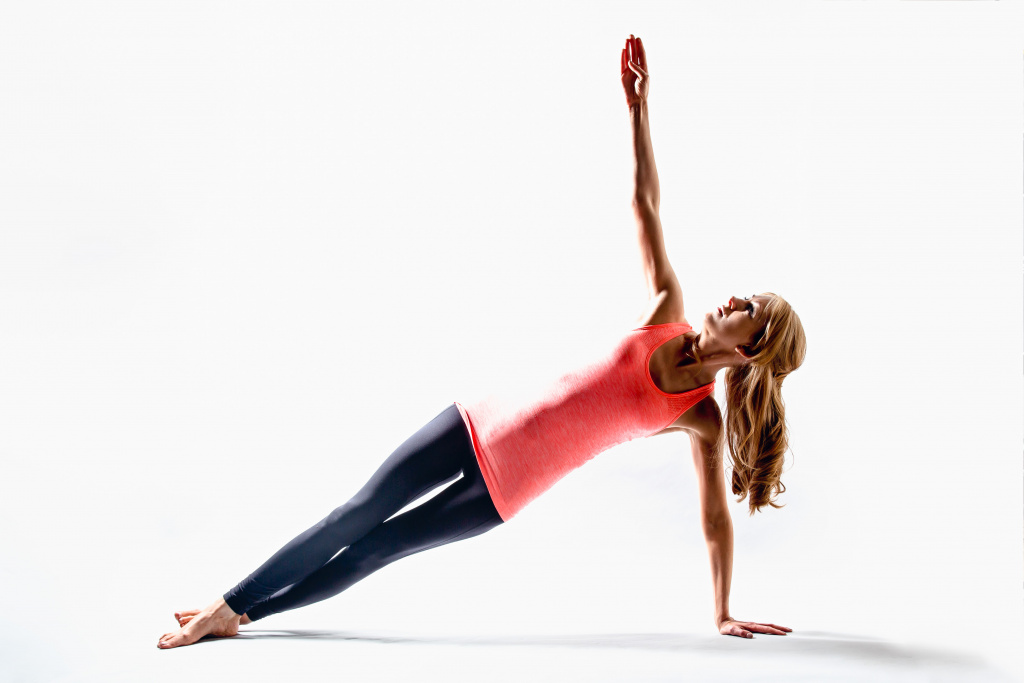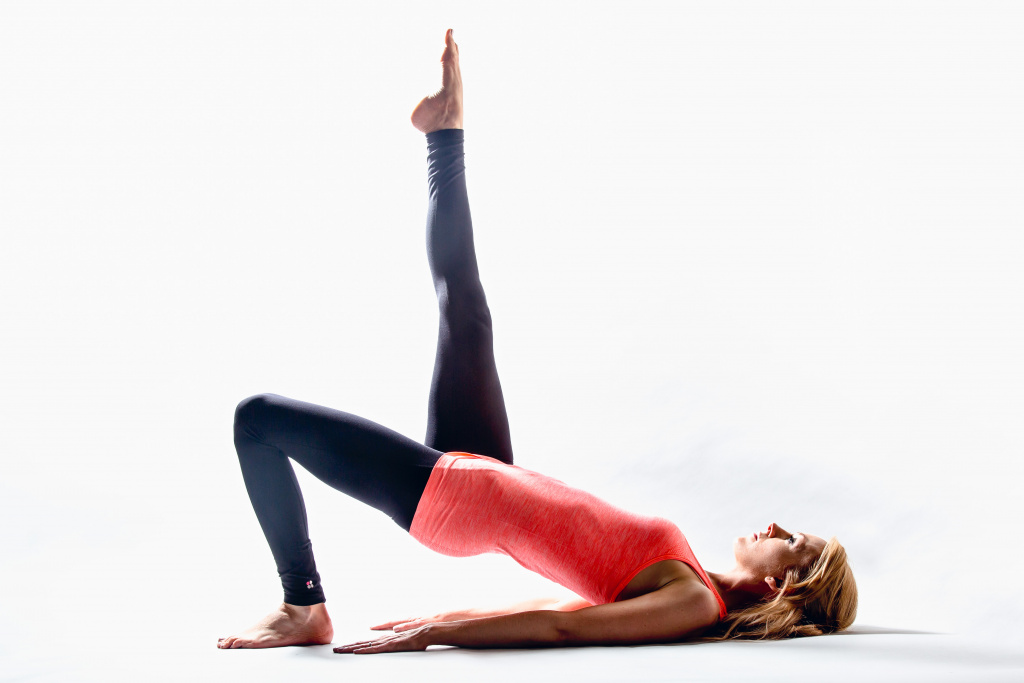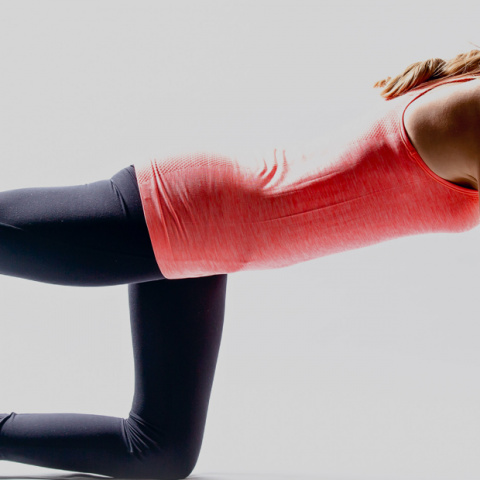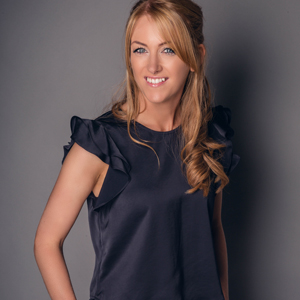Josh: Let’s start at the beginning, what initially inspired you to become a physiotherapist?
Lyndsay: I knew from a very young age I wanted to be a physiotherapist. Many years ago there was a television programme called ‘Jimmys’ which was a fly on the wall documentary about the day-to-day running of St James’s University Hospital in Leeds. I would watch what the physiotherapists would do and think that looked like a really rewarding job.
The great thing about physiotherapy is you are involved in someone’s care as they are getting better. Knowing so young that I wanted to go into physiotherapy really helped me to focus on getting the right grades in the right subjects to help me get onto the university course.
Josh: During this journey, when did Pilates enter the picture as a viable way to help patients, or was it something you always wanted to incorporate into your work?
Lyndsay: As a physiotherapist, I was fascinated by how the human body moves and why certain people develop musculoskeletal conditions. Muscle imbalance retraining is something I had always done with my patients. Before training as a Pilates teacher, I would prescribe Pilates-style exercises to improve a patients movement pattern and retrain muscle imbalances often without even realising it was Pilates.

There became more and more research emerging on the benefits of Pilates and retraining muscle imbalances that it almost felt quite natural to train to teach Pilates. The company I did my initial Pilates training with specialised in physiotherapists becoming a Pilates teacher, so it was very clinically focused which appealed to me. Like with anything in my profession you never stop learning so I still jump at the chance to attend a course based around Pilates.
Josh: Thinking about yourself, what is it about the practice of Pilates that appeals to you the most?
Lyndsay: I personally love how Pilates helps me to focus on my body and how it allows me to learn about how my body is moving. I feel there is no better workout that works the whole body like Pilates does. I love working with patients who suddenly identify that something feels weak and how they can then relate that to the symptoms they have. It often just clicks with them and they become hooked on Pilates too.

It really is such an amazing feeling to receive an email from someone who has been suffering with pain for many years now feel so much better after doing my workouts. I get lots of emails thanking me, which makes all the hard work I do worthwhile. The feeling of helping someone has always made what I do so rewarding.
Josh: Granted every client and patient is going to be different, but are there common complaints and conditions you see time and time again? Are these conditions just a by-product of modern-day living (sedentary lifestyles, desk jobs etc)? Or is it just not that simple?
Lyndsay: Yes, there are lots of common traits I see amongst my patients. Those with desk-based jobs and sedentary lifestyles will present very similarly as will those who run long distances or play a particular sport will also have common problems.
Prevention is better than the cure
We can to a certain extent blame modern lifestyles for some of the problems I see, but there are lots of other factors that will also impact someone’s risk of developing a musculoskeletal problem. The muscle imbalances, stiffnesses, weaknesses will often be very similar. Pilates can be applied to almost everything I see as it works to improve alignment, strength, control as well as improve flexibility. I would love to see Pilates taught in schools, we would certainly see less musculoskeletal injuries coming through.
I can give you an ACL (anterior cruciate ligament) injury as an example. We might frequently see these patients present with weakness in part of the glutes, muscle imbalances around the hamstring, obliques, popliteus muscle etc.
There may be a pelvic dysfunction, or previous problems with the lower back, all of which can contribute to the altered biomechanics of the lower limb. These patients present with very similar traits. Improve the imbalances, educate normal movement patterns and hey presto you can prevent an ACL injury occurring in the first place. Prevention is better than the cure.
Josh: Let’s talk about Your Pilates Physio, which is perhaps the most comprehensive and unique online service of its kind. When it first launched, did you have any idea about how much it would grow and help people?
Lyndsay: Alongside Your Pilates Physio I run a busy physiotherapy practice with a Pilates studio where we run 28 classes a week as well as one to one sessions. I have spent the last 10 years at the practice witnessing how amazing Pilates can be for people with various problems, so I always felt confident that the workouts would help people, I just wasn’t sure how it would be received as an online platform.
The response I have had not only from people using the website but my fellow colleagues in the physiotherapy profession has been overwhelming! I certainly never anticipated it growing at the rate it has done. As mentioned previously I frequently receive emails from people thanking me for setting up the website and letting me know how much it has helped them.

My mission has always been to set up a safe online environment for anyone searching the internet for exercises to help them recover from a problem, the internet is plagued with ‘Pilates’ workouts that are completely unsuitable for many of the patients I see. I certainly feel I have achieved my initial goal and I am very excited to continue to develop Your Pilates Physio with the help of the amazing team we have.
Josh: Personally, I’m no stranger to how challenging and time-consuming video production can be. So, from a technical perspective, talk me through what’s involved planning and filming a session for Your Pilates Physio.
Lyndsay: Gruelling is the word I would use! It is so different from teaching a class, talking to a camera instead of people in a class is a very strange experience. We film in my practice studio which is only available on a Saturday afternoon and Sunday. The time constraints we have means we have to get lots of footage filmed in a short period of time. It takes around two hours just to set up the cameras, lighting and sound equipment. In the weeks leading up to the filming I plan the workouts I want to film.

We will do multiple cuts/takes to make sure we are getting the right angle at the right time so the user gets the best angle of the exercise to demonstrate it well. I also aim to be very vocal through the videos so I am constantly re-enforcing what you should be feeling, what position you should be in, how it should feel, again so the user can get the best experience possible and know they are doing the exercise right.
This can make my voice go at times! Once the video has been edited I check every single one to make sure it is exactly as I want it before we publish it on the site, if it isn’t it goes back to editing!
Josh: It’s probably a fair assumption to make that there will be many instructors and teachers who look at you’ve achieved and take a great deal of inspiration from that. What advice would you give to those who are keen to follow in your footsteps, whether that’s face-to-face, online or a blend of both?
Lyndsay: I believe that to be successful at anything you have to enjoy what you do. The best Pilates teachers I work with are all so passionate about what they do, it is their life and mine too!
Never stop learning, absorb all you can from other instructors around you, keep refreshing your skills and learn new ones with courses. In the 12/13 years, I have been teaching I have never taught the same class twice so keep your content fresh and engaging for your customers. Ask for feedback too! Tailor your classes to your clients and make sure you get to know everyone in your classes. You want them to feel confident the class is right and suitable for them.


